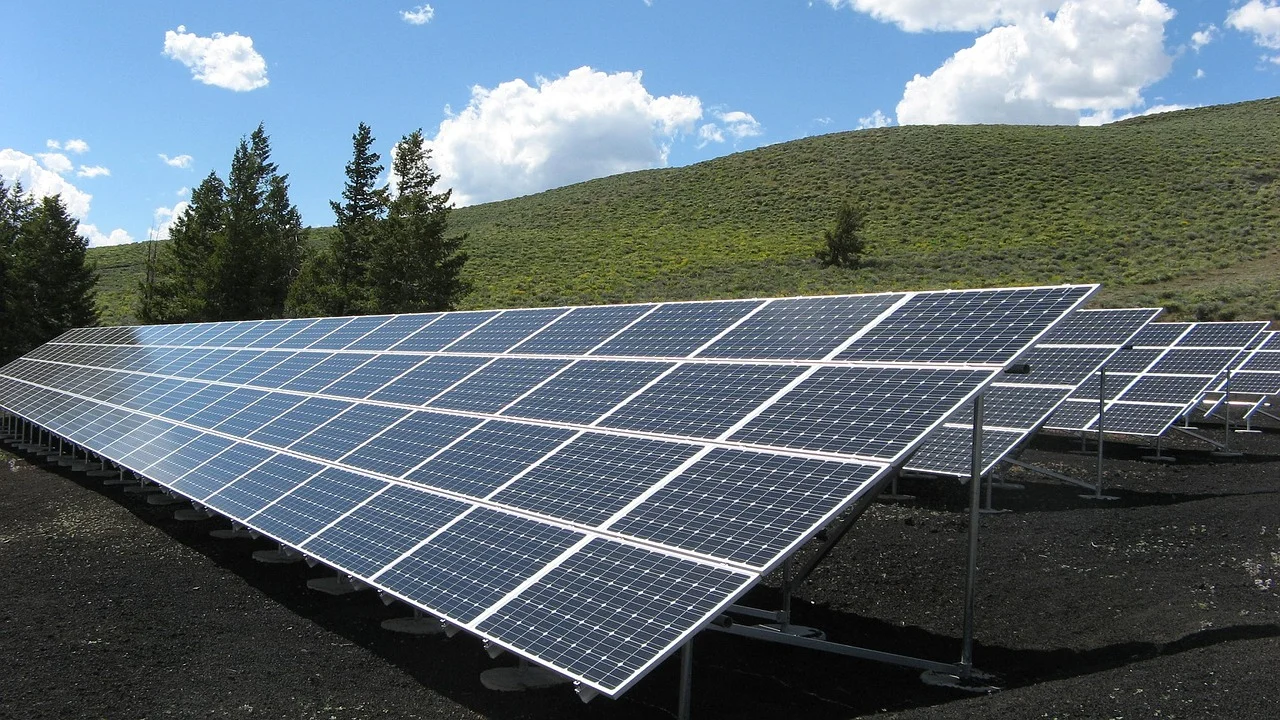An energy storage and renewables project on the UK’s Isles of Scilly is aiming to become a low carbon energy model for island communities worldwide.
British battery company Moixa is installing smart batteries on Scilly – an archipelago off the Cornish coast in southwest England– as part of the £10.8m ($14m) Smart Energy Islands project, which is being led by Hitachi Europe.
The programme is intended to demonstrate how solar power, batteries, smart heating technologies and electric vehicles can work in harmony as one low-carbon energy system.
The Isles of Scilly are home to 2200 people and have no gas supply, thereby relying heavily on imported fossil fuels and electricity. High fuel costs combined with a large number of homes with inefficient heating systems mean that 15.5 per cent of households are classified as ‘fuel poor’, one of the UK’s highest rates.
Infrastructure for the project is due to be installed by this autumn and a not-for-profit community interest company, the Isles of Scilly Community Venture, will sell power generated by solar panels and recycle the income to reduce electricity bills for all islanders through a special energy tariff that will be launched this summer.
The project is part financed by £8.6 million from the European Regional Development Fund, will lay the foundations for the wider Smart Islands programme, which aims to cut electricity bills by 40 per cent by 2025.
It also aims by 2025 to meet 40 per cent of energy demand through renewables and see 40 per cent of vehicles be electric or low-carbon.
Chris Wright, Moixa chief technology officer, said: “The Isles of Scilly will be a global test-bed for batteries, electric vehicles and smart heating systems, showing how they can save money for households, enable more clean renewable power, and support efficient, cost-effective energy systems. It will demonstrate the value of technologies that can benefit communities all over the world.”
Around 450kW of solar panels will be installed on the roofs of more than 70 homes, on the islands’ fire station, its recycling facility and desalination plant, and in a solar garden by the airport.
Moixa will install a total 43.8kWh of smart batteries in homes and at each of the non-domestic sites. Ten smart homes will pilot different mixes of low-carbon technologies which will also include air source heat pumps and smart water heaters.
Moixa and home energy services company PassivSystems have developed smart control systems to manage and optimise the batteries, heat pumps and water heaters for householders, using artificial intelligence to learn their patterns of consumption and maximise savings.
“We’re excited to have reached the next phase of this project where we can deploy our scalable cloud-based energy management platform,” said Colin Calder, chief executive of PassivSystems. “This project will demonstrate the effectiveness of using leading-edge digital energy management systems to reduce costs, carbon and a community’s dependence on imported fossil fuels.”
Moixa will also use an electric van and charging point to pilot a vehicle-to-grid system. Learning algorithms will ensure that the vehicle’s battery is maintained at a state of charge which will allow it to support the islands’ energy system when it is not being used by the Council of the Isles of Scilly’s operations and maintenance team.
The batteries, smart heating devices and electric vehicle will integrate with an IoT-enabled energy resource management platform, developed by Hitachi Europe, which is due to launch in November. It will be able to use them absorb or release power, helping to balance supply and demand.
The smart technologies will create a flexible and efficient energy system, capable of supporting the islands’ ambitions of generating 40 per cent of their energy from renewables with an extendable ten-year guarantee.
Written by Kelvin Ross
Read more here: https://www.renewableenergyworld.com/articles/2018/07/uk-islands-used-to-test-14m-storage-and-renewables-model.html

